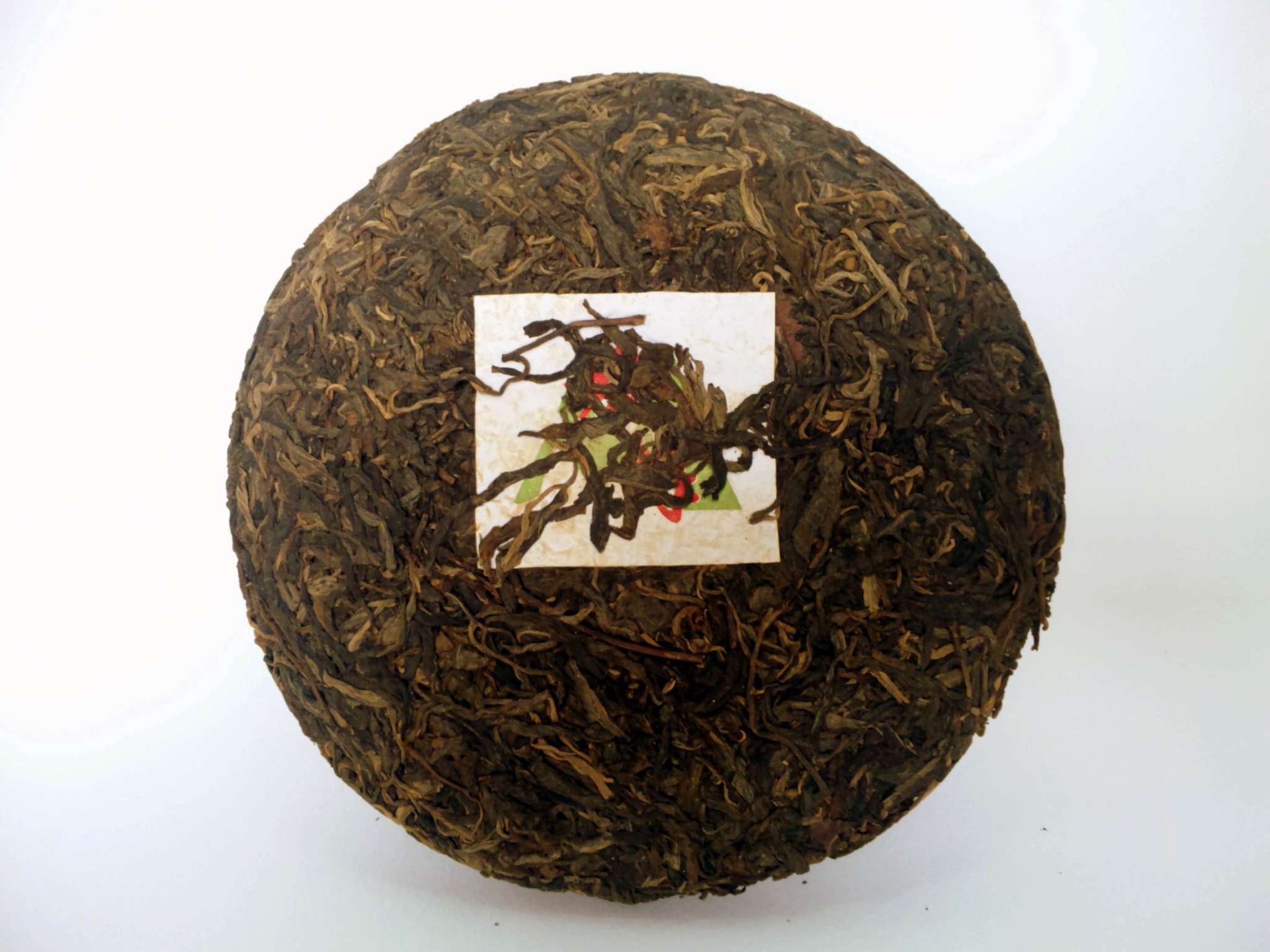PU-ERH TEA
Pu-erh Tea (pronounced ‘poo-air’) has long been valued in Chinese herbalism for its vast benefits. It contains high levels of polyphenols (flavonoids, catechins, and theaflavin), which are well known for their antioxidant activity.
Of the five main types of tea (white, green, oolong and black being the others), pu-erh stands apart from every other one as its tea leaves go through a natural fermentation process before the tea is gently dried. This not only creates a cup with zero astringency and deep, rich body, but this fermentation process also helps produce micro-organisms which are particularly beneficial to the human body.
Like green tea, Pu-erh bonds to cholesterol, retarding absorption as it goes through the digestive tract. This means the body does not absorb the fat.
BENEFITS OF PU-ERH TEA
The powerful chemicals found in Pu-erh have amazing benefits, including the following:
- reduces cholesterol
- maintains healthy blood pressure
- reduces stress and helps with sleep
- reduces heavy metal consumption due to the cell repair compounds found within aid in digestion after meals by acting as a sponge
- accelerates fat burning and thus aids in weight loss
- is a blood cleanser
- boosts body’s immunity level and prevents illnesses
HOW TO BREW A PERFECT CUP OF PU-ERH TEA
Ingredients
- 1 teaspoon of tea leaves for every cup of water. If you have a scale, 1gm for every 15 ml of water.
- 1 teapot of water
Method
- Bring the water to a rolling boil (100 C or 212 F).
- Pull the tea apart and place it into the teapot. Pu-erh tea is often compressed into cakes or tablets.If the cake is pliable, break it apart and evenly spread at the bottom of the teapot before pouring the water. This will lessen the brewing time and will allow for more even steeping experience. If the tea is too tightly compressed, soak the tea longer and allow it to naturally open up.
- Rise the tea. This is done by simply soaking the tea by pouring boiling water on it and letting it steep for 20 to 25 seconds. Throw this water out.
- Steep the tea with boiling water. 15 seconds is sufficient, though you can steep it longer for a stronger taste, or less time for a lighter experience.
- The tea leaves can be steeped up to 3 times; increase the steep time by approximately 5 seconds for an even flavor.
- Enjoy!

